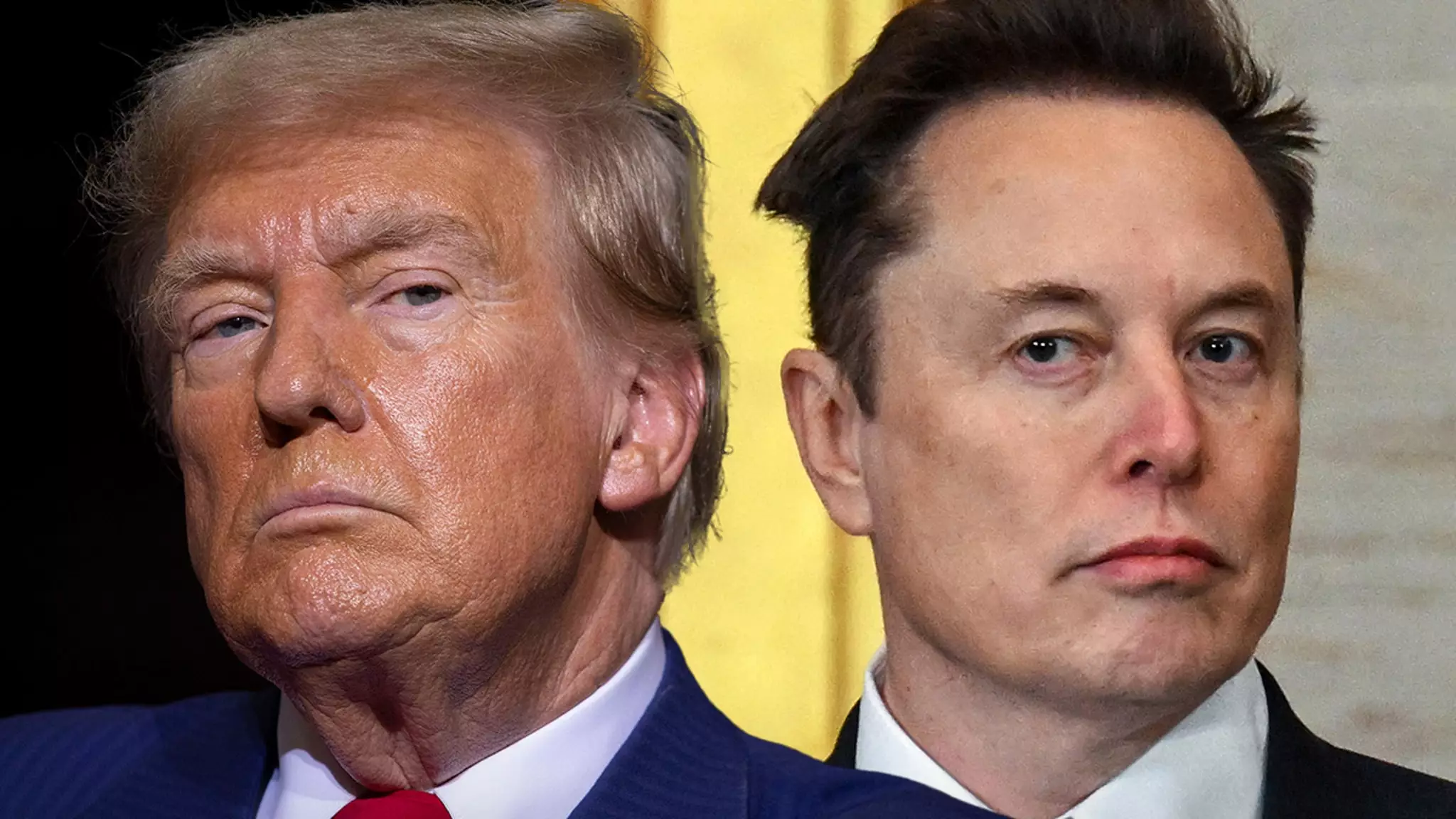In recent weeks, the ongoing feud between former President Donald Trump and Tesla and SpaceX CEO Elon Musk has morphed from casual social media jabs into a deliberate power struggle that signals a larger battle for ideological influence and political dominance. What initially appeared as petty back-and-forths has evolved into an intense exchange that underscores their contrasting visions for America’s future, as well as each figure’s strategic efforts to consolidate power, sway public opinion, and shape policy narratives. The communication isn’t mere trash talk; it’s a calculated move to rally supporters, sabotage opponents, and assert dominance across two powerful spheres—politics and technology.
Trump’s recent comments—particularly his threat to investigate Elon Musk and his outspoken criticism—suggest an attempt to reinsert himself as a control figure in the political landscape. His explicit mention of potentially turning against Musk’s endeavors, especially SpaceX, reveals a strategic aim: undermine Musk’s influence while reinforcing his own political relevance. Trump’s repeated attacks about government subsidies granted to Musk serve a dual purpose: discrediting Musk’s accomplishments as artificially propped-up and positioning himself as the true champion of American economic independence. The narrative crafted here seeks to elevate Trump as a protector of the nation’s fiscal interests against billionaire entrepreneurs accused of freeloading.
Conversely, Musk’s responses—particularly his warnings about the “Big Beautiful Bill”—highlight his role as a vocal critic of what he perceives as detriments to American innovation and economic health. Musk’s threats to potentially form a new political party, combined with his direct accusations against supporters of the bill, show a strategic intent to sway public opinion and disrupt traditional political loyalties. His use of satire, exemplified by the Pinocchio meme, signals a savvy understanding of social media as a battleground for ideological fights, where branding and symbolism carry as much weight as policy debates. Musk’s stance reflects a broader challenge to the establishment, positioning himself as an outsider fighting against wasteful spending and short-sighted policies.
The clash over the “Big Beautiful Bill” encapsulates a deeper ideological divide: Musk advocates for future-oriented innovation, clean energy, and technological advancement, while Trump underscores nationalism, fiscal restraint, and skepticism of government support to big corporations and industries dependent on subsidies. Both figures use social media not merely to communicate but to energize their respective bases, gather attention, and sway opinion—making their battle a quintessential example of how modern influence campaigns are waged in digital spaces.
Furthermore, the role of cryptocurrency—specifically Dogecoin—adds another layer of complexity to their duel. Musk’s promotion of Doge as a potential financial savior contrasts sharply with Trump’s dismissive attitude, emphasizing a fundamental disparity in their views on innovative economic tools versus traditional politics. Musk’s suggestion that the U.S. could save trillions by disengaging from certain sectors reveals a radical approach to economic reform, positioning him as a disruptor willing to challenge conventional policies, while Trump’s threats to strip Musk’s government funding reflect a defensive posture aimed at protecting established political interests.
This escalating war of words is emblematic of a broader cultural and political shift—the fight for influence over the narrative of America’s future. Trump’s attempts to leverage government machinery against Musk underscore his desire to dominate both the political arena and the tech industry’s discourse. Meanwhile, Musk’s resilience and defiant rhetoric showcase his ambition to reshape the American innovation ecosystem, even if it means provoking politicians and disrupting the status quo.
Ultimately, their dispute illustrates more than mere personal ego; it symbolizes a clash between two visions of what America should prioritize: traditional nationalist policies versus technological and entrepreneurial innovation. The friction underscores an ongoing struggle to define America’s identity—whether it remains rooted in political power and fiscal austerity or embraces a bold, forward-thinking technological revolution. As both figures continue to trade barbs publicly, the landscape of influence in the U.S. is likely being reshaped—by their words, their images, and the ideas they aggressively promote.

